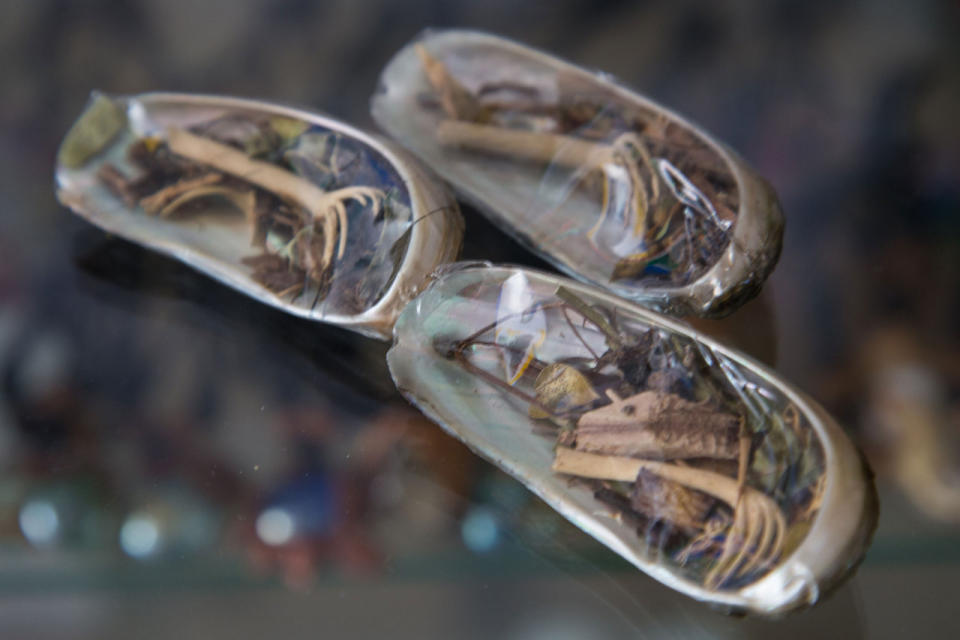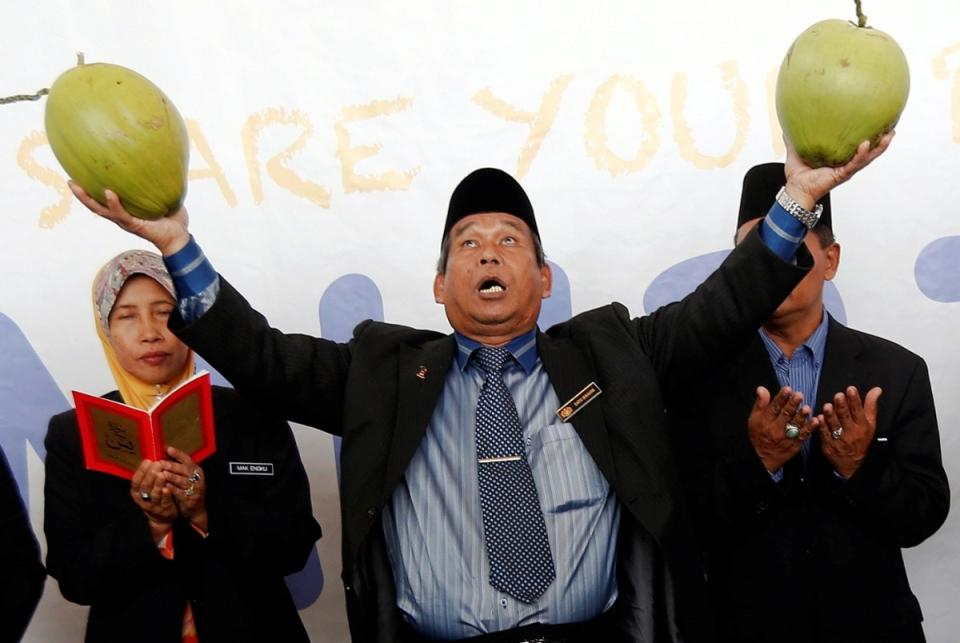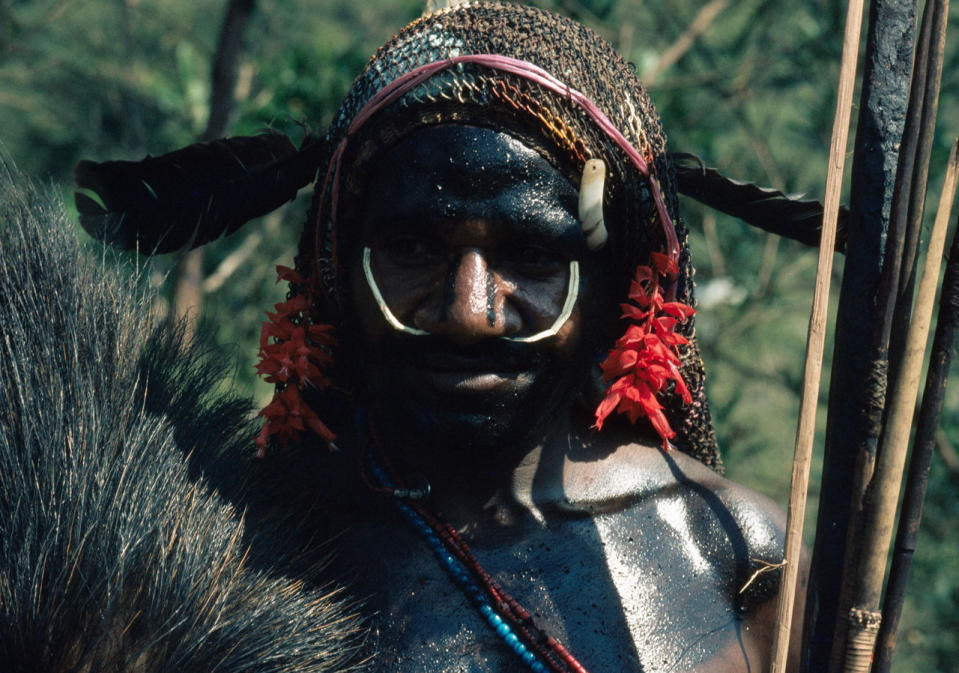4 beliefs about witchcraft found in Asia
Growing up, most of us have always been incredibly fascinated with witchcraft and the world of magic, be it the supernatural thrillers or the fantasies of Harry Potter and Lord of the Rings.
The aspect of magic and rituals always brings a sense of mystery into the realm of reality that we live in, as evident by horror films such as the recently released “Blair Witch”.
The genre is one that story-writers and fimmakers continue to publish and produce. While some of their tales may be made up, the concept of magic and sorcery has always been around, as can be seen from some of the following beliefs still found in Asia.
1) Gong Tau, China and South East Asia

(Photo: Getty Images)
If you’ve ever heard someone say a person has “Tio Gong Tau”, it means that he or she might have been the victim of a supernatural attack.
Gong Tau is the term used in Hokkien, Teochew or Cantonese when someone is suspected of having been attacked by black magic, (called Jiang Tou in Mandarin), and is believed to be a fusion of poison skills which originated in Yunnan, China, and witchcraft seen in South East Asia.
Gong Tau is usually sought to either seek revenge, resolve relationship issues or even to assist with money problems.
It can be practiced in two different forms - non-spiritual or spiritual.
Non-spiritual practices involve having magic potions mixed into the victim’s food or drinks for them to consume. Once the targeted victim either eats or drinks the poison, they enable the sorcerers to control them from afar.
The spiritual practices, on the other hand, require a Taoist sorcerer who can summon ghosts or spirits or even demons. These summoned entities are then sent to possess or harm or disturb the targeted victim.
The catch is that the caster needs to have a couple of details at hand, such as the intended victim’s date of birth, or personal belongings, hair or even fingernails from the victim. According to practitioners, Gong Tau magic can be advanced by combining it with other rituals too.
2) Kulam, the Philippines

(Photo: Getty Images)
Kulam is a form of sorcery that can be found in the Philippines, centring around islands like Siquijor and Talalora.
The witches that practice this magic are called mangkukulam, and they are often feared by people due to their reputation.
Kulam is heavily influenced by voodoo, which involves utilising a doll to target their victims. The witches also have to obtain a personal belonging of their victim for their magic to work.
According to rumours, the more important the item is for the victim, the more powerful the magic will be. For maximum effect, hair, spit or even blood from the victim is supposedly ideal.
Once a witch has obtained the required items, he or she will tie a string around the doll and recite an incantation. This awakens the spirits and allows the witch to have full control over the victim.
Witches then have the power of hurting their victims through the doll. It is suspected that the only method of getting away from this voodoo curse is by either removing the string from around the doll or by killing the witch.
There are also potions such as those seen in the picture, which are from the Siquijor. Some are used to create healing magic, so drinking the potion or rubbing it on one’s body supposedly eases physical pain. Others, such “love” potions, are meant to make the victim fall in love with someone.
3) Bomoh, Malaysia and Indonesia

(Photo: IB Times)
If you’ve grown up in South East Asia, you’ve probably heard the term “bomoh”.
Definied as a Malay shaman, the original role of a bomoh was to be a healer, an expert on the medicinal herbs that could be found in the region, as well as Malay geomancy.
Bomohs were also known to enter cemeteries to summon spirits to aid them, as spirits have powers beyond a normal person, such as being able to heal or investigate supernatural events.
Supposedly, the bomoh has to make a deal with a spirit before it will follow through with his request. Sometimes the bomoh will pick the spirit he wants, while sometimes the spirit will pick the bomoh. Some bomohs work with different spirits, others choose to work with the same one time and time again.
Bomohs will usually request spirits to either find a missing person, heal someone sick, or discover the reason bad events are happening to a victim.
In one of the more recent incidents, a Malaysian bomoh was seen performing rituals at Kuala Lumpur International Airport after the disappearance of flight MH370 (above).
4) Suangi, West Papua

A Dani hunter of West Papua, Indonesia. (Photo: Getty Images)
In the Indonesian province of West Papua, there is a belief that males in the society have the possibility of being possessed and becoming a cannibalistic witch.
An accused male is commonly called a suangi, and is rumoured to have a craving for eating the blood and organs of his chosen victims.
After a suangi is done eating his victims’ insides, he will then stuff the body with grass and leaves.
Supposedly, suangis believe that by consuming their victims this way they also manage to eat the victim’s soul, while the victim returns to his or her family in a zombified state.
If the family of the victim manages to track down the suangi that “ate” their family member, they will hunt him down and kill him (and sometimes eat him) with the belief that the soul of the victim will be released.


